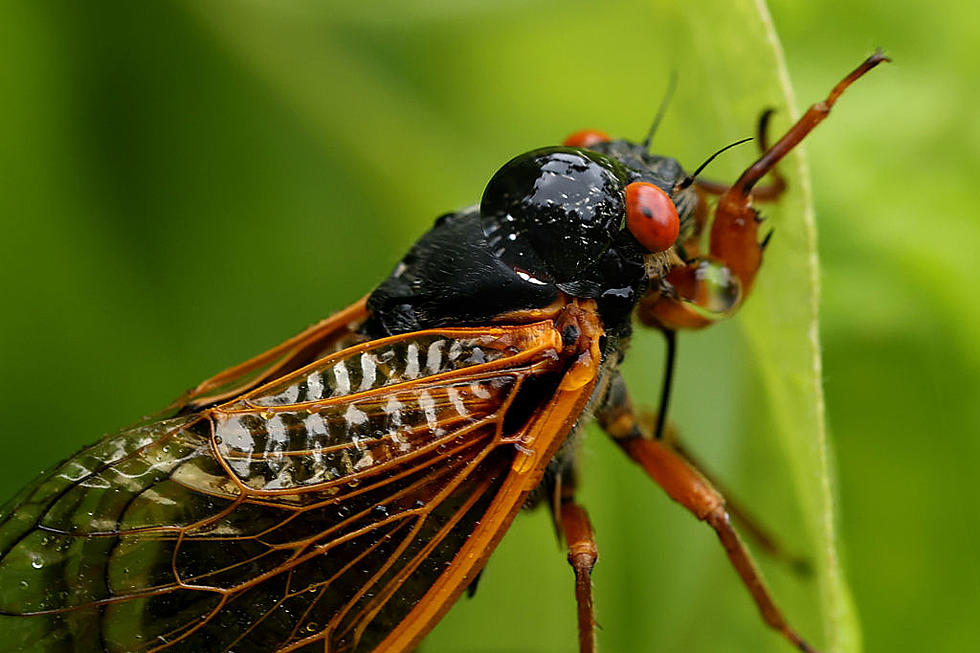
Mass Audubon’s Firefly Watch Community Science Program Needs Our Help
Many of us remember summer nights being dotted with hundreds of fireflies and now, we’re happy to see just one. A few people are taking to social media to see if what they aren't seeing in their backyards this June is happening to anyone else. Where have all the fireflies gone?
It’s no secret that light pollution is causing major problems for firefly populations but with our help, the Mass Audubon and Tufts University are hoping they can figure out if the firefly population is growing or shrinking.
The Firefly Watch Community Science Project is an easy way for your kids to become tiny, data-collecting scientists in as little as 10 minutes per week, right from their own backyards.
Here in Massachusetts, some fireflies begin to emerge at the end of May and early June, and some in late June and early July. Some fireflies are more active at dusk and others more active at midnight. So many variables means you can collect your firefly data at many different times and see firsthand how they are all different.
The rules are simple: all you need to do is go into your backyard (or a nearby place known to have fireflies) and record what you see including the date, time, and the weather. Next is the fun part: count how many flashes you see over the course of 10 minutes. There are many different flash patterns, similar to S.O.S. signals, so paying attention is very important.
Scientists are looking for information like the flash patterns of the fireflies, what time of day you saw them, and what time of year you saw them. The data you collect helps the team understand fireflies' habitat.
Even if you don’t see any fireflies, they want to know that, too. As noted on their website, “Collecting data for areas with no fireflies should only take a minute. Walk out into your backyard, look around for 10 seconds to make sure there are no fireflies present, and note the time, clouds, wind, and temperature.”
To get started on your community science project and download your Firefly Watch observation form, visit the Firefly Watch Getting Started page. And remember, while it's tempting to catch fireflies in jars to observe them up close, remember to release them back into their habitat so we can all enjoy the light show for years to come.
Massachusetts Wildlife You Can Legally Take Home as Pets
More From WBSM-AM/AM 1420









